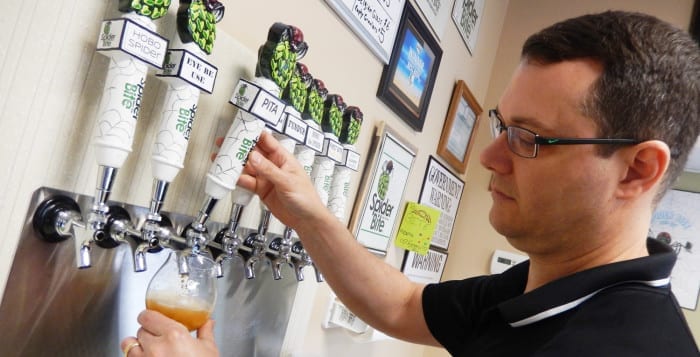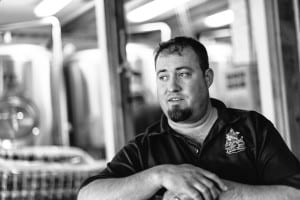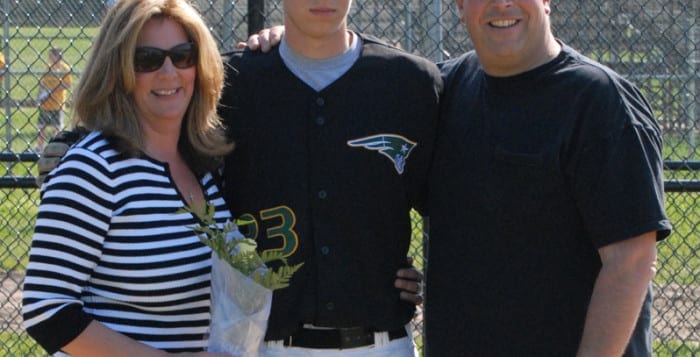It’s been a month and a half since my stash of Trader Joe’s organic soy yogurt ran out, and I still haven’t found anything equally as satisfying to fill the void in the lunchbox. Though it’s never been confirmed, I’ve always believed that family-owned WholeSoy & Co. made Trader Joe’s soy yogurt, since both brands always seemed to disappear from stores at the same time.
Now, after two years of following WholeSoy’s battle to keep its yogurt on the shelves, I bring you the anti-climactic conclusion. The 16-year-old company shuttered in March.
This premature end was particularly surprising, since things seemed to be looking up back in January when Maryland-based Nutroganics licensed the WholeSoy & Co. name for the production and sale of soy milk. Whether this marriage will remain intact, or even extend to soy yogurt, remains to be seen. The company, which owns three other “healthy lifestyle” labels, did not return calls for comment.
This is not the way epics and stories about underdogs are supposed to end.
WholeSoy, based in Modesto, Calif., fought valiantly to pick itself up after its factory — known as a co-packing plant — closed in 2013. I tracked the progress as the company moved to a new facility, and then, because the facility couldn’t meet its huge production needs, put together funds to build and operate its own dairy-free yogurt-making facility. Then we all waited yogurt-less, month after month, as deadlines came and went and the yogurt we yearned for didn’t return to store shelves. Finally, after almost a year, it was back in April 2014, and all, it seemed, was right with the world.
Not quite a year later — in March — I noted the dwindling supply of yogurt at Wild by Nature and knew something was up. A visit to the WholeSoy website confirmed it. A letter to customers explained that the company simply could not afford to both run the business and cover the debt it incurred while off the shelves and from building a new facility.
At that point, I did the only thing I could do. I went to Trader Joe’s and cleared the shelf — actually, I think I left about four containers behind. If this was the end, we were going down with a boatload of soy yogurt.
While WholeSoy stood out for making organic soy yogurt with ingredients that had no genetic modifications, it was also notable for its transparency. In an effort to be “honest and forthright” it tried to keep its customers in the loop through regular posts to its website and social media. At one point, the executives even apologized for promising and then delaying (several times) the yogurt’s comeback “and not taking into account consideration of all of the potential pitfalls.”
It was also no secret that executives had poured their own money into the business along with a $400,000 loan from Whole Foods. Yet, in the end, it wasn’t enough.
“[W]e have exhausted all possible sources of additional funding and can no longer continue to operate,” the bare-all message said.
And yet, aren’t these precisely the companies we want to see thrive? It’s sad, really —and not just for vegans and people with dairy allergies — that an independently owned, environmentally and socially conscious company was unable to survive despite the high demand for its product. According to them, they were the number one selling soy yogurt, and based on all of the love notes customers have left as recently as this month on their page, it’s clear that they had quite the following.
Certainly, there are other soy yogurts on the planet, but even my own little soy yogurt connoisseur votes with a spoon and declares that the others do not taste the same. Besides, after watching our protagonist face and overcome so many obstacles, this denouement is less than satisfying.
I can only hope for a sequel in which the WholeSoy founders are able to rise from the ashes to build a stronger, even more successful business.
Until then, I’ll echo their final words to customers back to them.
“Thank you from the bottom of our hearts and farewell.”




















